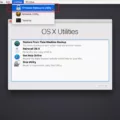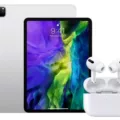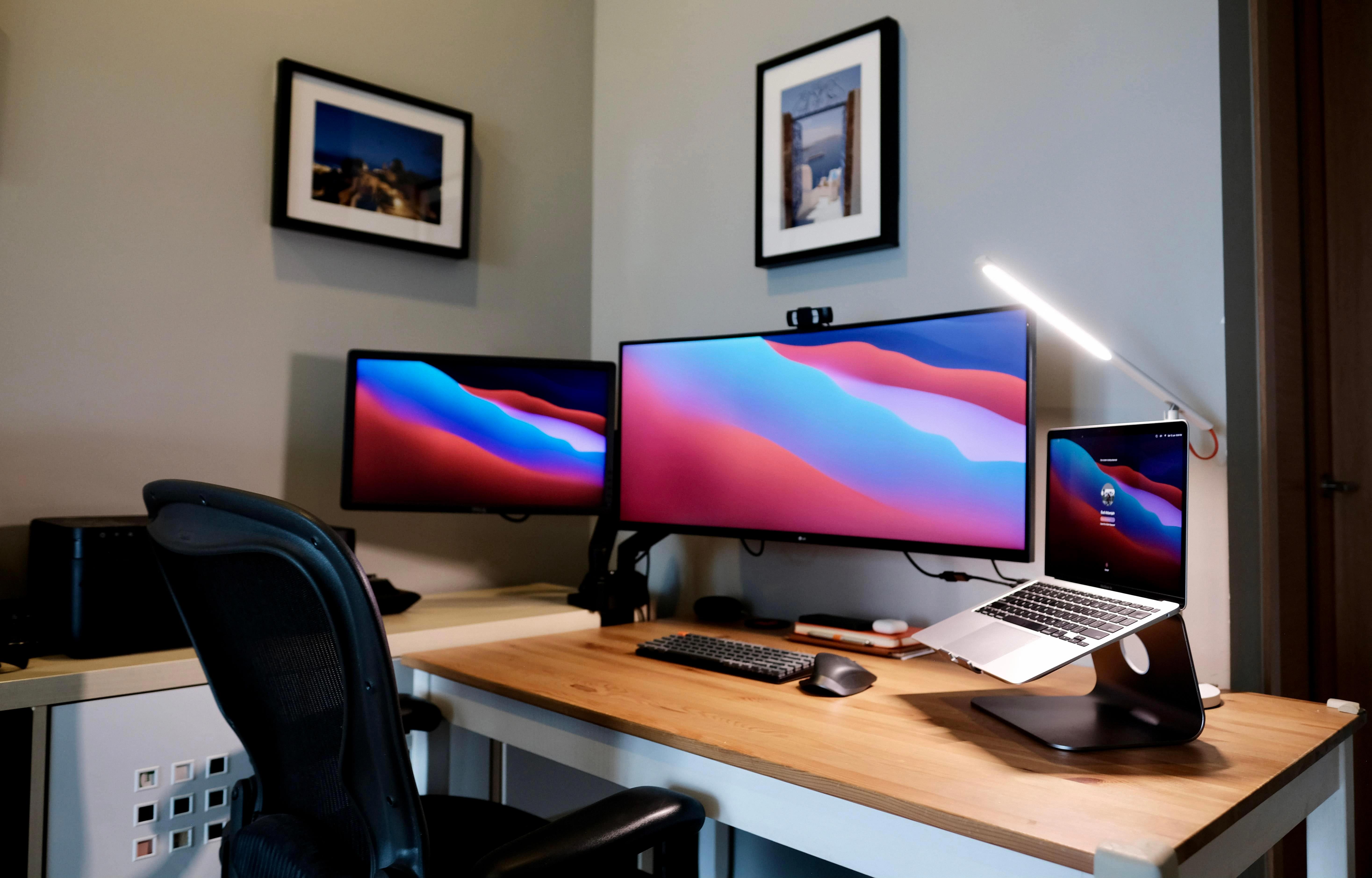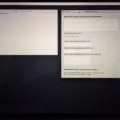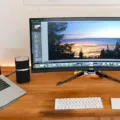Do you want to connect a MacBook Air to an Epson projector? The benefits of using a projector with a MacBook Air include the ability to show presentations or movies on a large surface area, making them visible to multiple people. In this guide, we will discuss Epson projector compatibility with MacBooks Air and how to connect your Epson projector to your MacBook Air.
Required Tools and Cables
The necessary cables for a projector connection depend on which MacBook model you have and your MacBook’s ports for projectors, as well as your Epson projector input options. Epson projectors typically have an HDMI input, so if your MacBook Air has an HDMI port, you can connect the two devices directly with an HDMI cable.
On the other hand, if your MacBook Air has a Mini DisplayPort, Thunderbolt port, or Mini-DVI port, you will need an adapter that allows you to connect one of those ports to an HDMI cable.
Connecting via HDMI or Mini DisplayPort
To set up an HDMI connection for a MacBook Air and an Epson projector, simply connect one of the cables into the HDMI port on your projector and the other into the HDMI port on your MacBook Air. For a Mini DisplayPort projector setup, you will need a Mini DisplayPort to HDMI adapter. The same goes for Thunderbolt and Mini-DVI ports.
Connecting via USB
To set up a USB connection for your Epson projector, your computer requires a USB Type B port. However, no MacBooks have USB Type B ports. Therefore, a direct connection is not possible, unless you have an adapter that converts from a USB Type A or C to Type B.
However, the connection won’t be as great as an HDMI connection, so I don’t recommend doing that when you can just use an HDMI cable or an HDMI adapter.
Connecting Wirelessly
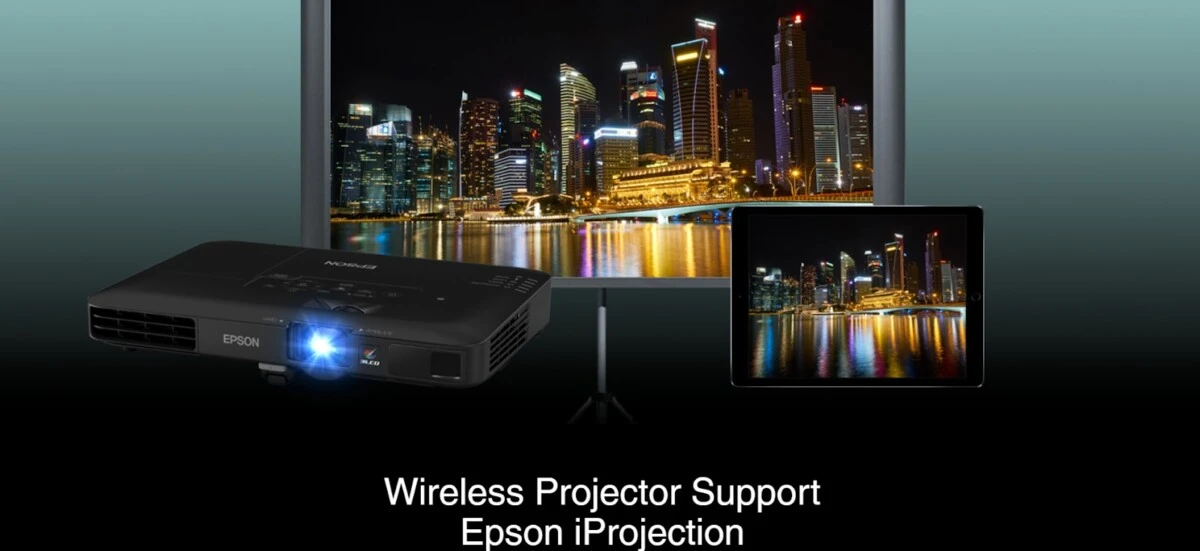
You can also opt for a wireless projector connection. An Epson projector wireless setup is possible through the Epson iProjection app, which you can download on your Mac here.
Once you have downloaded the app, start your projector and select “LAN” from the input settings. You will then see your projector’s IP address, which you can manually input into the iProjection app to connect the two devices over your local network.
Optimizing Display Settings
When projecting from your MacBook, you can go to System Preferences > Displays to optimize your MacBook’s projector settings. For example, you can adjust the screen resolution for your projector, select how you wish your projector to mirror your screen, and more!
Troubleshooting Common Issues
Let’s troubleshoot common projector connection issues.
- Your projector doesn’t detect your MacBook Air: Make sure the cables are working and properly inserted into the ports. Try using different cables.
- No signal on your Epson projector: You can usually fix this issue by ensuring you have selected the correct input source (HDMI, for example).
- Wireless connection issues: Fix wireless connection issues on your projector by ensuring you have entered the correct IP address into the iProjection app and selected LAN as the input on your projector.
Ensuring Compatibility
Fortunately, Epson projectors offer MacBook Air compatibility. MacBooks offer universal support for Epson projectors. macOS projector compatibility applies even to older MacBook models. The only thing that may differ is which ports you have on your MacBook and whether you will need an adapter.
Conclusion
We hope this Epson projector connection guide was useful for your MacBook Air display setup. We also hope that our projector connection troubleshooting tips were helpful in resolving your issues. Enjoy your Epson projector, and share this article if you liked it!

